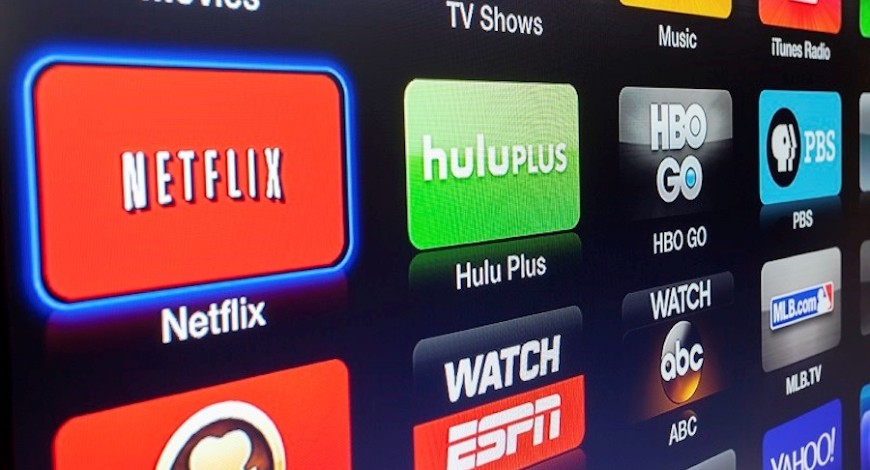International Circuit
U.S. SVOD operators gaining ground in Europe as public broadcasting funding declines

Despite expectations to the contrary, the share of Europe’s audiovisual market controlled by U.S. players grew by only four percentage points from 1996 to 2020, reaching 31%, according to the European Audiovisual Observatory’s 2022 Key Trends report.
It’s one of a number of surprising results identified by the study, which the Observatory presented on Thursday at a special event at Series Mania in Lille, France.
When excluding European public broadcasting rivals, the share held by U.S.-owned companies climbs to 44%, with heavyweights Sky, Netflix, Amazon and Dazn accounting for two-thirds of that figure.
Looking specifically at all SVOD subscriptions in Europe, however, Netflix, Amazon, Apple and Disney dominate, accounting for 72% in 2020, with 40 other players making up the remaining 28%. U.S.-backed services and their large portfolios of thematic channels also hold 19% of all TV licenses in Europe.
The report also found that while SVOD services are increasingly investing in original European productions: 2020 saw the release of 45% more TV fiction titles despite the COVID-19 crisis. Netflix was second only to BBC that year in the commissioning of TV series released. Yet when considering all players across Europe, global streamers in 2020 delivered only about 10% of all TV series produced, with legacy broadcasters and their SVOD services accounting for 90%.
Another surprising find: The relationship between cinema and SVOD appears to be more complementary than competitive.
Subscription services continued to grow in 2020 and 2021, while cinemas were forced to close. “Until 2020, there was no evidence that the spectacular progress of video-on-demand services was hurting cinemas – indeed, 2019 was a record year for cinema admissions,” the report states. “Major film producers obviously still need cinemas to recoup their investments in candidate blockbusters, and cinemas mostly rely on these U.S. and European blockbusters to fill their venues: out of the more than 4,000 films on first release in Europe in 2019, the top 300 accounted for about 90% of all admissions.”
At the same time, intensifying competition in SVOD sector coupled with the COVID-19 crisis could fuel an M&A spree, according to the report.
Traditional players have seen revenues stagnate and businesses that rely on advertising have been more severely affected, the report notes. By contrast, pure SVOD players, like Netflix, Amazon and DAZN, accounted for more than 75% of top 100 revenue growth between 2016 and 2020.
The report likewise finds that U.S. players are starting to prioritize expansion by investing in direct-to-consumer business models, mainly SVOD platforms, and producing locally as opposed to traditional indirect investments.
The streaming rush is driving an increase in M&A expenditures, it adds. “Between 2016 and 2020, Europe’s top 100 audiovisual companies developed against a very dynamic backdrop of consolidations and divestments fueled by streaming wars and the pandemic.”
On the TV front, funding for public service broadcasting has been declining but several public broadcasters remain among the top 50 audiovisual companies worldwide and many more among the top 100 operating in Europe. In 2020, public broadcasting funding in Europe reached €36.43 billion ($40.07 billion), with the largest budgets seen in Germany ($10.42 billion), the U.K. ($7.51 billion), France ($4.86 billion) and Italy ($2.76 billion).
Public broadcasters saw cuts totaling $517.9 million in the European Audiovisual Observatory’s 41 member countries, and $293 million in the EU28, from 2019 to 2020.
The decrease in public service broadcasting funding is particularly apparent in a five-year comparison: Between 2015 and 2020, funding in Europe contracted by $881.48 million.
The Strasbourg-based Observatory is part of the Council of Europe. Variety






You must be logged in to post a comment Login